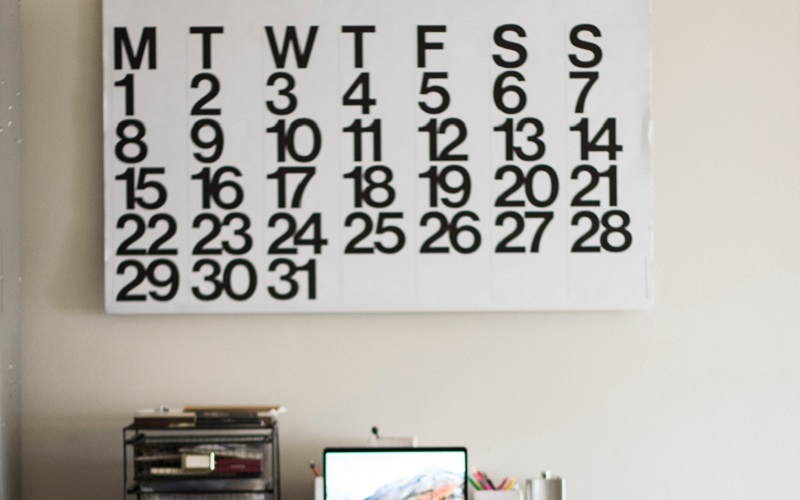
As a content management system, WordPress simplifies the process of managing and updating your site’s content. It’s definitely better than creating a static site or using a cheap website builder and is designed to help you keep your site up to date and engage your audience. But there are systems you can implement and plug-ins you can use that will greatly simplify the process of creating, publishing, and sharing content, as well as helping you reach your community of readers on your WordPress blog.
In this post, I’ll go over the basics of content management with WordPress and give you some tips to help you make it easier. I’ll say:
- Post regularly – what to do if you want search engines to find you and attract a regularly returning audience.
- Content Sharing – To grab your audience’s attention, you need to share content outside of your site and encourage others to share it as well.
- Schedule your posts – If everything is planned, your blog will always have fresh content.! We have some tips to help you manage post sceduling.
Regular Posting on Your Site

You’ve taken the first big step toward effectively managing your site’s content – you’ve built it with WordPress. Using a content management system like WordPress will make it much easier to keep your site up to date than if you created a static site.
I’m not going to tell you how often you should post content, it completely depends on your topic and your audience. It will also depend on what you know how to do. There is no point in setting up an overly ambitious publishing schedule that you can’t stick to and that will exhaust you and give up in the first few months.
Posting regularly isn’t just setting a date for each post and writing something these days – you need a structured plan if you’re going to stick to your schedule.
Post Scheduling

Successful sites that post a large amount of content have a well-defined posting schedule. This will include:
How often the messages are posted (weekly, daily, on certain days of the week, at certain times of the day). For example, the WPMU DEV blog posts new content every day, and posts are published at the same time every day to reach our audience in the most effective way possible.
What type of publications are published when. You may have a specific type of post that always starts on a specific day, such as a Friday giveaway or a Monday afternoon thought. As you schedule them, talk to your audience and review your stats overtime to make sure you’re posting on better days.
The process from the idea of a post to its publication. For a personal blog that you don’t update every day, this is likely to be very informal and you may not want to post it, but for a larger multi-author site, or even a single-author site that publishes new content every day, this is worth formalizing as you don’t have to think about it all the time.
Details on how and who will share your posts on social media. This could be the author of the post, the person who manages the site, or someone in charge of your social media accounts.
When you create your posting calendar, the first thing to determine is how often you will be posting.
As you ponder this, ask yourself a few questions:
- Are you looking to make money on this site? There are three tiers here: the first is a site that will receive its own revenue through advertising or subscriptions; the second is a site that will help you generate income by advertising your work or business, and the third is a site that is not intended to make money at all.
- What type of website is it? A news site will likely need one or more posts each day, depending on how broad the focus is; A blog that supports other activities will need new content every week if it wants search engines to pick it up. If you’re blogging to write your ideas or thoughts on topics that interest you, and you’re not expecting a lot of traffic, you may be posting less often.
- Who is your audience? What days of the week and what time of day is your audience online? On some topics, your audience is more likely to be online in the evenings or on weekends, while on others they will see your site during the week.
The publishing schedule that suits you best will be unique to you and your site. This will depend on your audience, content creators, and your topic. First of all, it must be realistic. Be prepared to change your posting schedule on the fly – it’s so much better than feeling overwhelmed and completely frustrated.
Successful sites that post a large amount of content have a well-defined posting schedule.
Content Sharing

Therefore, your blog or website is packed with interesting, well-written, and professional content. People still won’t see it until you tell them.
Your strategy for driving traffic to your site will likely involve SEO, but it should also include streaming – you need to go out there and tell people how good your site is.
The most popular way to share your content and tell people about it is through social media, but that’s not the only way. Here are some of the tools and strategies you can use:
Social networks like Twitter, Facebook, LinkedIn, Pinterest, Reddit, and many more.
Email – Your site subscribers are automatically notified when you post new content.
It’s very reliable and straightforward, but you need to be careful if you post frequently so as not to upset people with the frequency of your emails.
Newsletter: Use an email service to send subscribers a summary of your content. It gives you more control than automated emails, but it takes more work.
Remember that the effectiveness of your content sharing will depend not only on whether you choose the right content but also on how you share it and how you interact with your audience.

Conclusion
Developing and maintaining a successful blog or content-based website is hard work. You need to constantly generate ideas for new content and post interesting posts that your readers will come back to and share with their friends or colleagues. And it’s not just about content creation – you need to share your content so people know about it, and you need to manage your audience and interactions with it through comments or subscriptions.
But if you are doing it right, it is often very rewarding. If your site is generating income or supporting a business, a successful blog will help you increase your income, and if it is your hobby, you will get the satisfaction of connecting with an audience of people interested in the same things as you and participating in the community.
By following the advice in this post, over time you can develop a high-quality, popular blog with a loyal following of followers.

